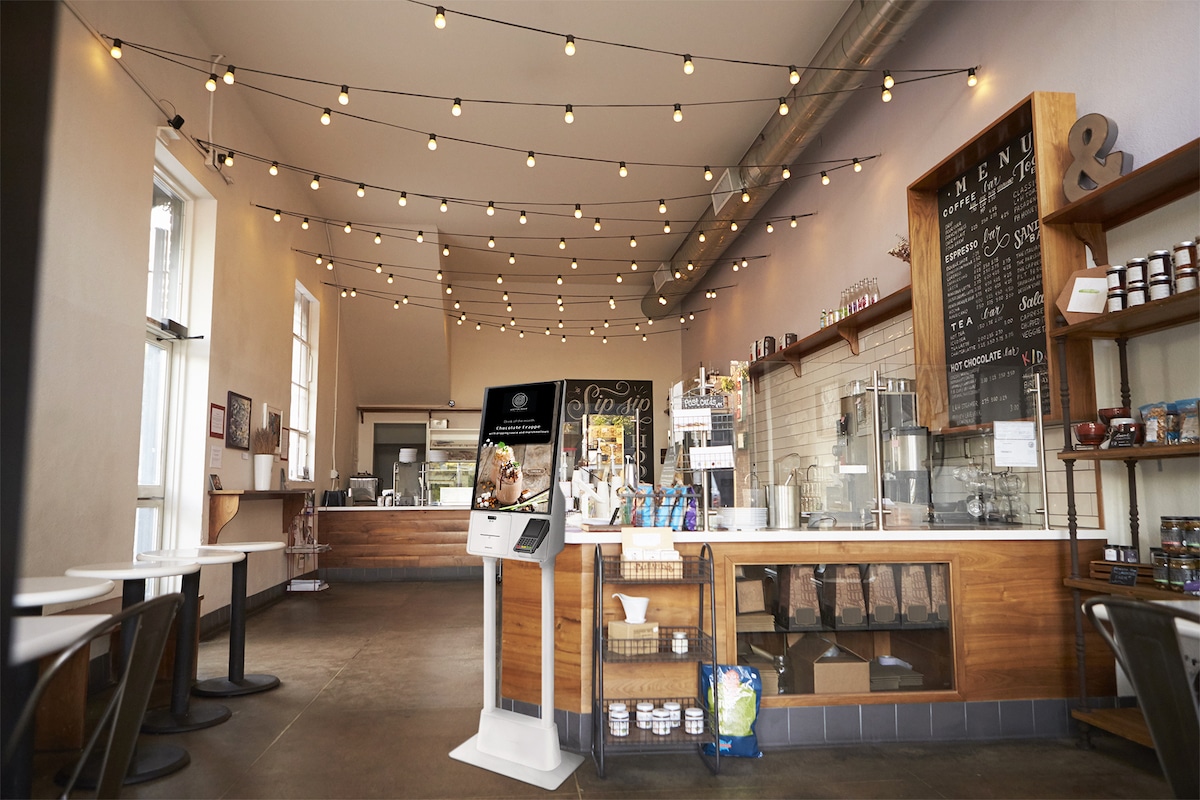Labor costs. Minimum wage hikes. Staffing issues. It’s the quick-serve industry’s “perfect storm.”
After a year and a half of living with COVID-19, it’s easy to blame these problems on the pandemic. The truth is, however, that the restaurant industry faced a labor crisis years ago. It started with state and city minimum wage hikes that created healthy competition in terms of worker options. Now, operators are having a hard time finding staffers even with wages well above the $15 minimums. The pandemic—and the generous unemployment benefits that came with it—only exacerbated the issues. These struggles will last far beyond the upcoming holiday and flu season, and, without innovation, are likely to worsen in 2022.
“Many restaurant operators expected that come September when stimulus programs ended, restaurant employees would come back to work, and everything would return to normal—but that’s not happening,” says Sam Zietz, CEO of GRUBBRR. “Lots of people have discovered the gig economy, started their own businesses, or found other jobs and are not coming back. Operators need to understand that this is a permanent change.”
So far, operators have addressed labor shortages and new off-premises trends by beefing up delivery services, shortening hours, and operating with skeleton crews, but that’s not sustainable long term. The answer to many restaurant operators’ labor woes: automation.
GRUBBRR self-ordering solutions can benefit restaurants in several ways. First, they help address the colossal challenge of managing labor in the current environment. On average, a cashier at a quick service restaurant open 15 hours per day will cost more than $6,000 per month.
“You could get two kiosks with software and hardware for less than 10 percent of that every month,” Zietz says. “This allows operators to reallocate their labor and redeploy it in other areas like the kitchen where they are short staffed.”
On top of labor savings, Samsung and GRUBBRR’s all-in-one kiosk can help generate more revenue. Just like e-commerce sites, kiosks do a masterful job of curating the customer journey. They position products in a visually aesthetic way that allows customers to buy with their eyes and enjoy a personalized brand experience.
For instance, it’s easy to ask if customers want fries with a burger. But what if they order a salad? Using machine learning and artificial intelligence, the Samsung kiosk powered by GRUBBRR can customize upsells—so in this case, it might suggest a fruit cup or healthy beverage to complement the salad. They are also capable of upselling relevant add-ons (extra meat, cheese, or guacamole for example) based on a customer’s order profile. On average, restaurants that use GRUBBRR software increase ticket sales by an average of 40 to 50 percent.
“One chain is selling more sauces,” Zietz says. “With GRUBBRR kiosks you can order—and pay for—however many you want. Now, instead of sauces being an expense, they are a revenue center. It’s little things like this that allows operators and marketers to both curate a better customer experience and increase profits.”
Another benefit: Food costs decrease because there is minimal chance for wrong orders with a kiosk. Most order inaccuracies are due to human error, such as not hearing the customer or incorrect ring-ups. Since the customer inputs and customizes their own order, it’s correct each and every time. Plus, no one likes a line—kiosks allow customers to get in and out quickly with minimal interaction, ensuring a safe and friction-free experience.
This technology will soon become ubiquitous, and savvy operators are transitioning now. The good news? Kiosks are much more affordable than even a short time ago. What GRUBBRR and Samsung have done is develop an all-in-one solution, which includes both hardware and software, at an accessible price that further democratizes access to kiosk technology. The software is a monthly SaaS subscription, and depending on the degree of customization the customer wants, installation and setup can take as little as a few days.
A major benefit for operators is that GRUBBRR can work with existing digital ecosystems. “If you have an Oracle, PAR Brink, or Square, for instance, we can integrate with your POS system,” Zietz says. “If you have Punchh or LevelUp for your loyalty program, we can integrate with that too.”
GRUBBRR services restaurant operations of all sizes—from one store to thousands—and the solution is fully scalable.
“The biggest issue preventing growth and expansion for franchises in particular is labor,” Zietz says. “With this technology, you can operate a store with less employees, which lets you open more locations and makes it easier for franchisors to license.”
To learn more about how kiosks can help your bottom line, visit the GRUBBRR website.
By Davina van Buren













